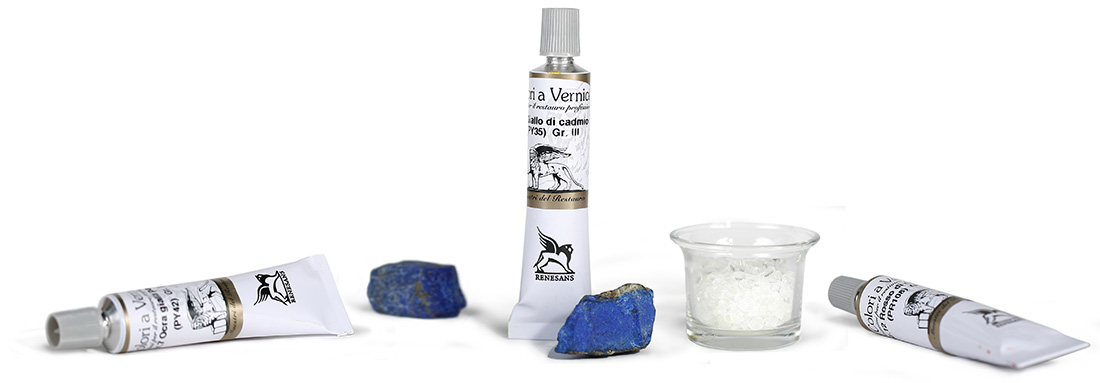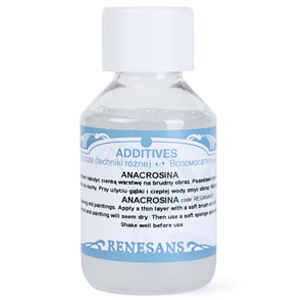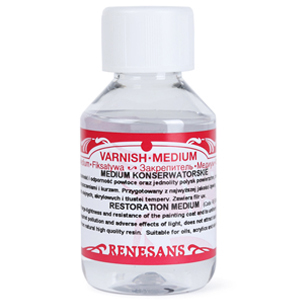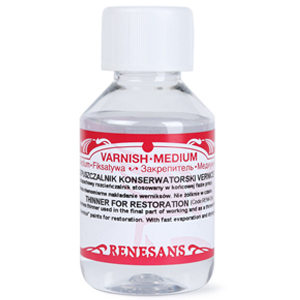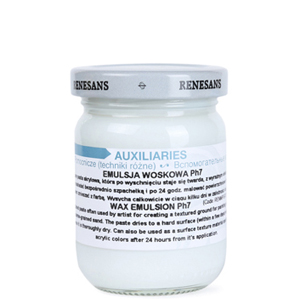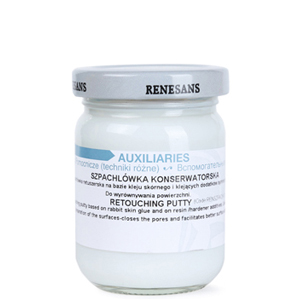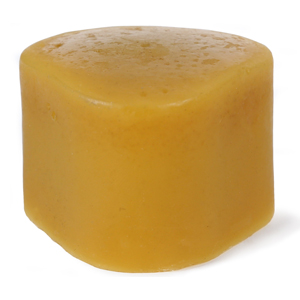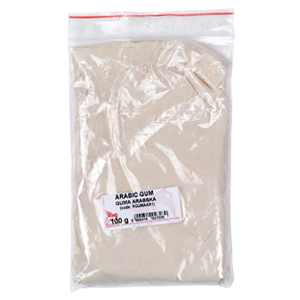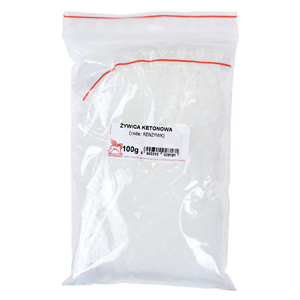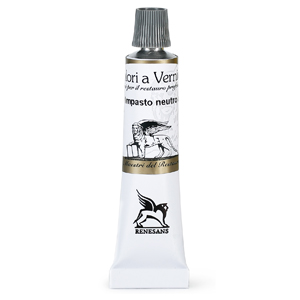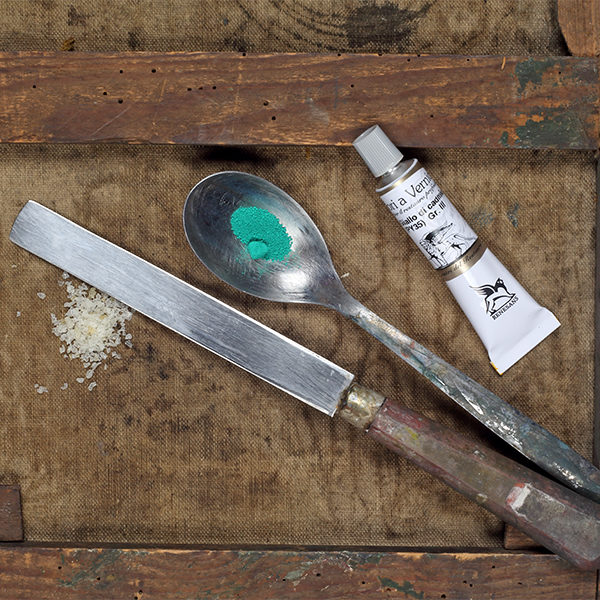Colori a VERNICE
 01. Titanium white |
 02. Zinc white |
 03. Cadmium lemon yellow |
 04. Cadmium yellow medium |
 05. Naples yellow |
 06. Yellow ochre |
 07. Yellow ochre pale |
 08. Gold ochre |
 09. Raw sienna |
 10. Madder lake |
 11. Cadmium red-orange |
 12. Cadmium red medium |
 13. Pozzuoli red |
 14. Burnt sienna |
 15. Green lake |
 16. Chromium oxide green |
 17. Cobalt blue |
 18. Ultramarine blue |
 19. Coeruleum cobalt |
 20. Crimson brown |
 21. Transparent brown |
 22. Van Dycke brown |
 23. Kassel earth |
 24. Burnt umber |
 25. Raw umber |
 26. Bitumen |
 27. Oxide black |
 28. Carbon black |
 29. Rubia red |
 30. Emerald green |
 31. Cobalt green |
Legend:
GR - Price group
Opacity and glazing properties
The opacity of a pigmented colour is not only depending on the thickness of the colour application but also on the kind and concentration of the pigment as well as on the kind binder in the colour. all colours have been submitted to the same testing method: satndardized application on black and white striped saturated base. this allows a classification with the following 4 symbols:
![]() Opaque
Opaque ![]() Semi-opaque
Semi-opaque ![]() Semi-transparent
Semi-transparent ![]() Transparent
Transparent
Lightfasteness
This describes the durability of a colour in daylight. A number of influencing factors play a role too, like intensity of sunlight, temperature, moisture, oxygen or gas content of the air.
III - Lightfastness 8 II - Lightfastness 7 I - Lightfastness 6 0 Limited 00 Less 000 Not
Color Index and Pigments names
The Color Index system is an international standard to denominate dyes and pigments. A combination of letters and numbers indicate the colour category. For example: PO 20, means Pigment Orange 20. Color Index names are: PW (Pigment White) / PY (Pigment Yellow) / PO (Pigment Orange) / PR (Pigment Red) / PV (Pigment Violet) / PB (Pigment Blue) / PG (Pigment Green) / PBr (Pigment Brown) / PBk (Pigment Black).
Additives for Restoration
|
Anacrosina |
Ketonic Medium for Restoration |
Ketonic Retouching Varnish |
Thinner for Colori a Vernice |
|
Wax emulstion Ph7 |
Kit Paste for Restoration |
Ceroresina |
Arabic Gum |
|
Ketonic Resin |
Impasto Neutral |


